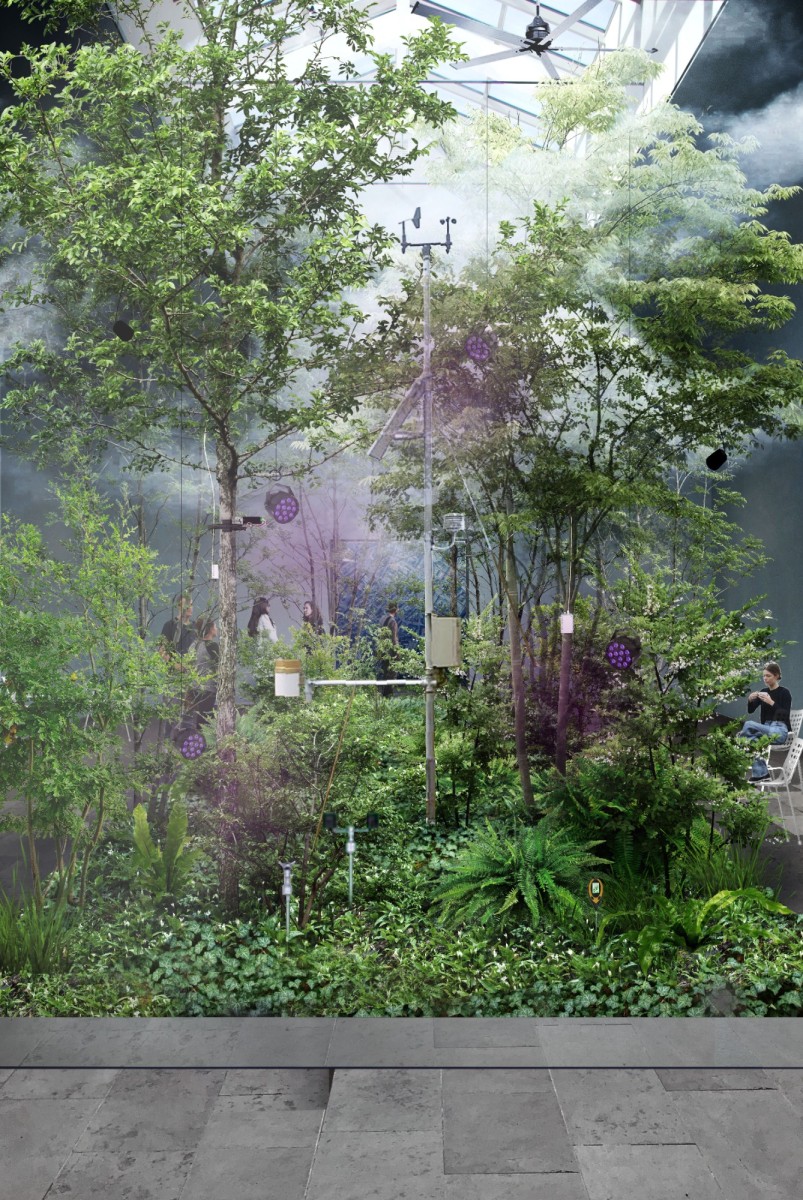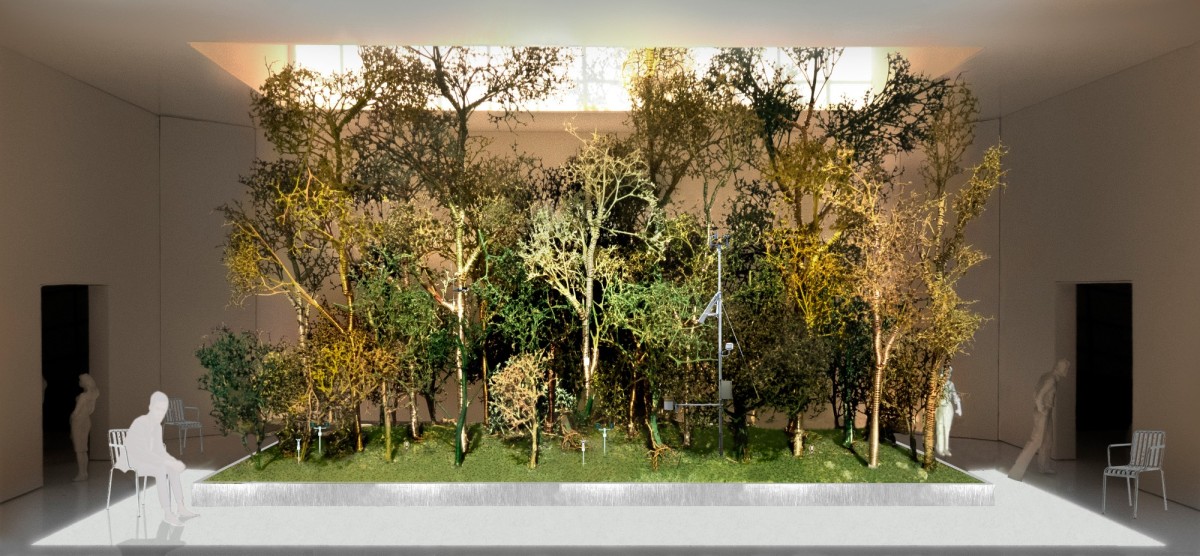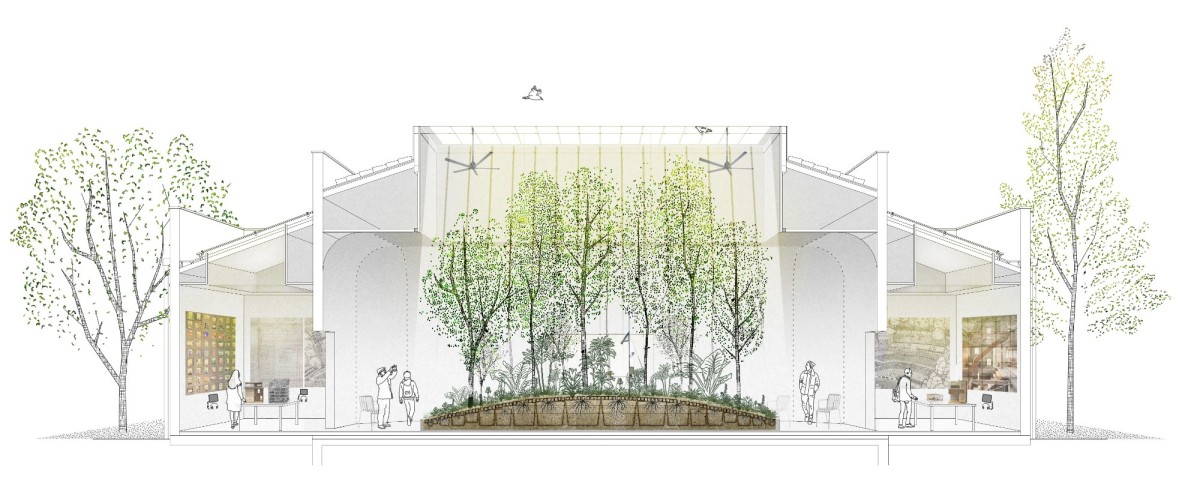Building Biospheres
 Bas Smets
La Defense Trinity, Courbevoie, Paris
Bas Smets
La Defense Trinity, Courbevoie, Paris
The 19th edition of the Venice Architecture Biennale will start in Venice in May 2025. The Belgian pavilion will bring the exhibition Building Biospheres, by landscape architect Bas Smets, climate scientist Valerie Trouet and biologist Stefano Mancuso. This exhibition aims to make us aware of climate change and wake up the world in a very direct way. The exhibition explores how architecture can evolve under the influence of natural intelligence. And in addition, how in the future we could create buildings that can produce a cooling microclimate and control themselves in terms of sprinkling, ventilation and lighting.
What can we learn from the networks in forests? How can urban nature achieve the same integration, biodiversity and sustainability? Urban nature (parks,…) is above all at the service of people, the urban dweller and her need for relaxation and rest. How can we look beyond the inherently anthropocentric nature of these places and think from nature itself?
Using the latest insights on the intelligence of plants, the project focuses on what this can mean for the development of architecture.
 Bas Smets
Bas Smets
 Bas Smets
Bas Smets
 Bas Smets
Bas Smets
 Bas Smets
Bas Smets
 Bas Smets
Bas Smets
Bas Smets
Bas Smets is a renowned landscape architect who has become known for his far-reaching ecologically embedded projects. One notable assignment is the landscape design for the surroundings of Notre Dame in Paris. Here, a historic site is being transformed with respect for both its cultural and natural heritage. Add the layers of historical awareness and ecological sustainability, and we obtain not only an aesthetically pleasing but also an ecologically resilient project. His work permanently shapes the way we experience our cities and landscapes. He received the Ultima Award for General Cultural Merit last year. The Ultima jury praised Bas Smets for his approach of “following the logic of nature” to create harmonious and sustainable environments.
Bas Smets (1975) studied civil engineering-architect at KULeuven and then obtained a postgraduate degree in landscape architecture in Geneva. After his studies, he moved to Paris and worked for the renowned landscape architect Michel Desvigne for seven years. In 2008, he founded his own office in Brussels, called Bureau Bas Smets (BBS). Some of his projects include the park Thurn and Taxis in Brussels, the urban forest of the Trinity project in Paris and the memorial site for the attacks of 22 March 2016 in Brussels’ Sonian Forest. He received the Médaille de l’Urbanisme from the French Académie d’Architecture in 2018 and the Brussels Architecture Prize in 2023.
___
This architecture lecture is a collaboration with Leiedal and Designregio Kortrijk and is part of WONDER, Creativity Festival.







